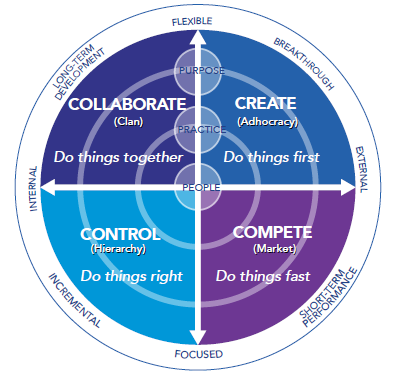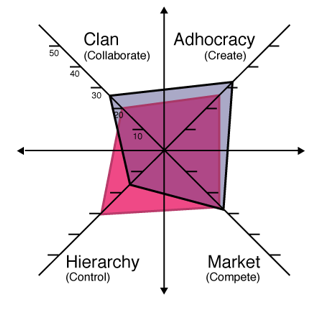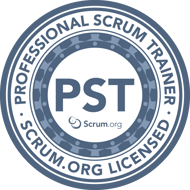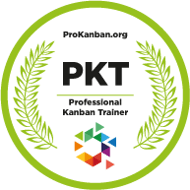According to the 2024 17th Annual State of Agile™ Survey, the leading cause of organizations struggling with Agile transformation is "resistance to change/culture clash".
As a result, Madison Henry often incorporates diagnosing and aligning organizational culture when helping organizations realize the benefits of Agile Software Development.
Madison Henry leverages an industry leading framework and instrument for diagnosing your organizational culture, the Competing Values Framework (CVF) and Organizational Culture Assessment Instrument (OCAI) respectively, developed by University of Michigan business professors Kim Cameron and Robert Quinn.
The CVF and OCAI are arguably the most dominant framework and frequently used instrument respectively, for diagnosing organizational culture across the world today, having been used by thousands of organizations and extensively in scholarly research. Similar to Agile, the CVF is empirical, having been utilized and studied for more than 25 years.
Organizational Culture Assessment Services
Madison Henry offers the following services related to diagnosing your organizational culture:
-
Consult on your OCAI Survey participants and communication strategy.
-
Administer and provide instructions for your online OCAI Survey.
-
Compile, analyze and present your OCAI Survey quantitative results.
-
Provide insight into your organization's dominant culture and mix of cultural types.
-
Facilitate consensus on your organization's current and preferred culture and desire for change.
-
Identify opportunities to align your preferred culture with Agile transformation.
-
Prepare and present qualitative organizational culture findings and recommendations.






